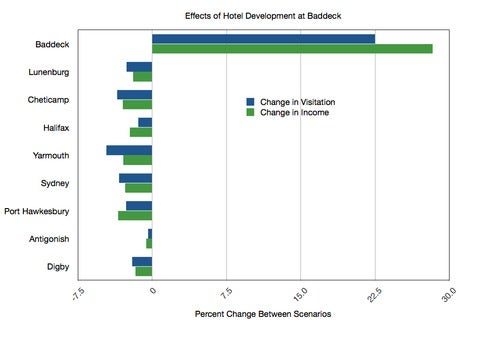ParCA team travels to Nova Scotia
From June 4th to June 18th, 2014, a team from the Partnership for Canada-Caribbean Community Climate Change Adaptation (ParCA) travelled to Shelburne County and the Region of Queens Municipality in Nova Scotia. The team was primarily composed of 4 Master’s candidates from the University of Waterloo: Shandel Brown, Saveena Patara, Maliha Majeed and Andrea Minano. Other associates from ParCA were able to attend for parts of the trip, including Dr. Carolyn Brown (University of Prince Edward Island) and Dr. Ahmed Khan (St. Mary’s University).
